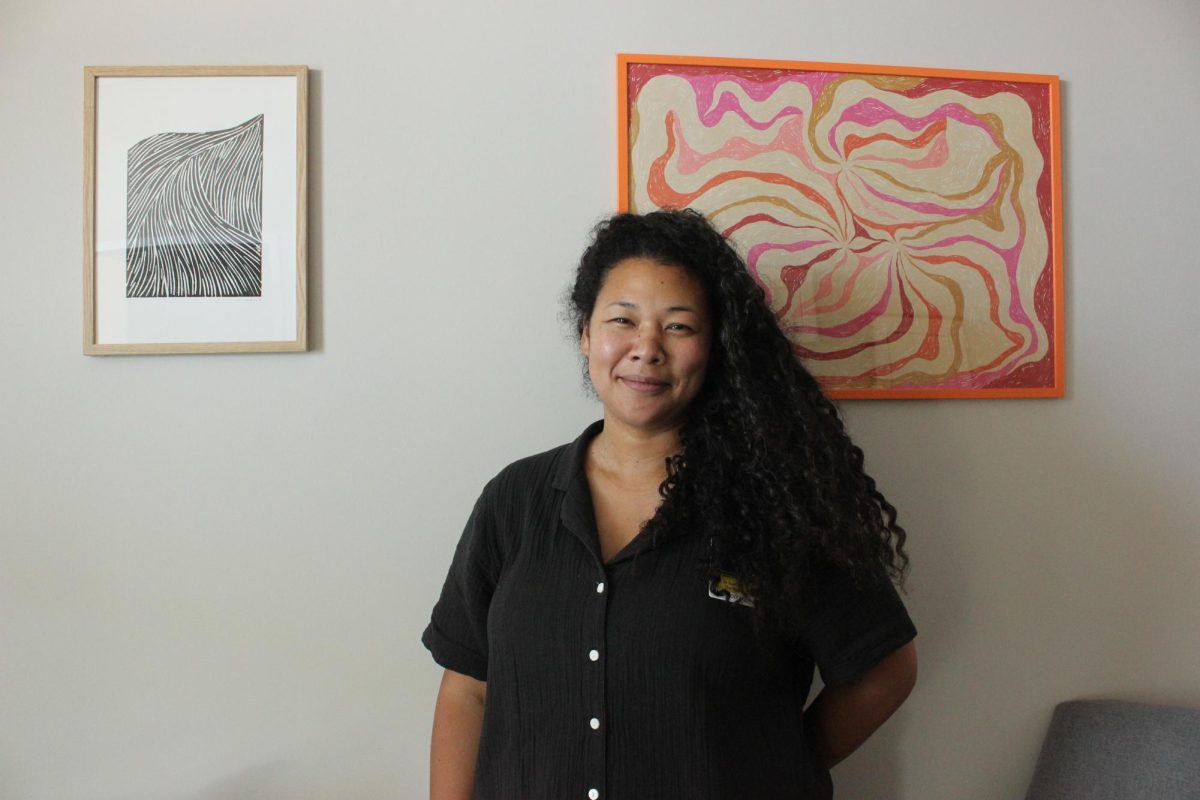The School has recommended current juniors not to take the new SAT, which debuts this March. Instead, the School and many preparatory courses and tutoring companies have advised current juniors to take the ACT until sufficient data has been gathered about the new SAT, particularly the new mathematics section.
“We had very little information about the new SAT in terms of how the questions would look, and many of our students do test prep in advance of taking the test. At this point, we don’t know how trustworthy these materials would be in advance of a test that has never been offered before. So, as a result, upon consultation with other test prep companies, we came to the conclusion that it would be best for students for this transitional year to take the ACT because [the ACT] was not going to have a dramatic overhaul,” Co-Director of College Counseling Monica Ward-DePriest explained.
The new mathematics section of the SAT will feature more word problems, fewer geometry applications, and a new focus on data analysis. In response to the upcoming changes, the mathematics department recently discussed how to adjust the curriculum accordingly.
Mathematics Department Head Chris Talone expressed concern about the addition of data analysis to the test, as students normally don’t encounter data analysis until AP Statistics, an optional class taken by mostly seniors. As a result, statistics will need be taught earlier.
The new SAT emphases in the Marlborough mathematics curriculum will be introduced in Middle School mathematics classes and then strengthened in Algebra II and Precalculus, at both honors and regular distinctions, during the 2016-2017 school year.
Mathematics instructor and 12th grade dean Allison Moser said she believes that in the past Marlborough classes have covered the mathematical concepts on the SAT but have not emphasized test-taking strategies in order to cover standard course curriculum. Concepts from Algebra I, Geometry and Algebra II with Trigonometry classes covered most of the material for the old SAT mathematics section.
“We’ve always included a lot of material [from the SAT]. Like subject-wise, we’ve covered all the bases like all the math that you need to know. And we did a little bit with test-taking strategies, not a lot because we still have to do our own curriculum and we don’t have that many days to [cover our own curriculum],” Moser commented.
Talone said he is conflicted about the changes to the mathematics section of the SAT and the School’s mathematics curriculum.
“In general, I think [the change in the mathematics section of the SAT is] actually a good change. I like the direction [the SAT]’s going [in]. I think it’s more practical, more real-life and [consists of] more of the skills you’ll actually need when you get to college, but for us, it’s a big change. So it’s going to be a lot of work for us to know where we are going to weave this stuff in and also what sort of stuff are we going to have to take out,” Talone said.
Moser said she sees the current changes as more concrete and relevant.
“What I like is that it’s less about test-taking strategies and more about comprehension of ideas and concepts and being able to work with those. I think the skills are far more applicable. They are not as abstract. They bring in different subject matter as well, so it shows the interconnectedness of everything we learn,” Moser said.
According to Talone, girls scored very well on the most recent PSAT, which assuaged many of Talone’s worries. Proctored last October, the most recent PSAT reflected material that will be on the new SAT.






